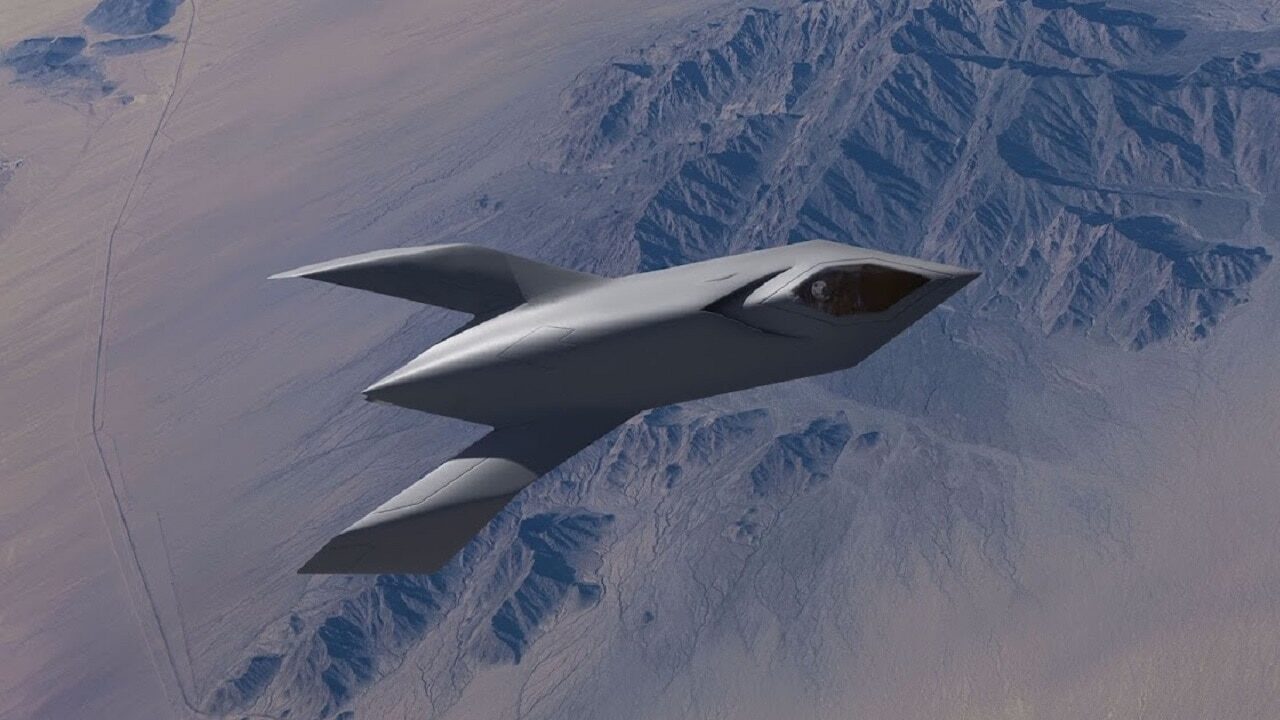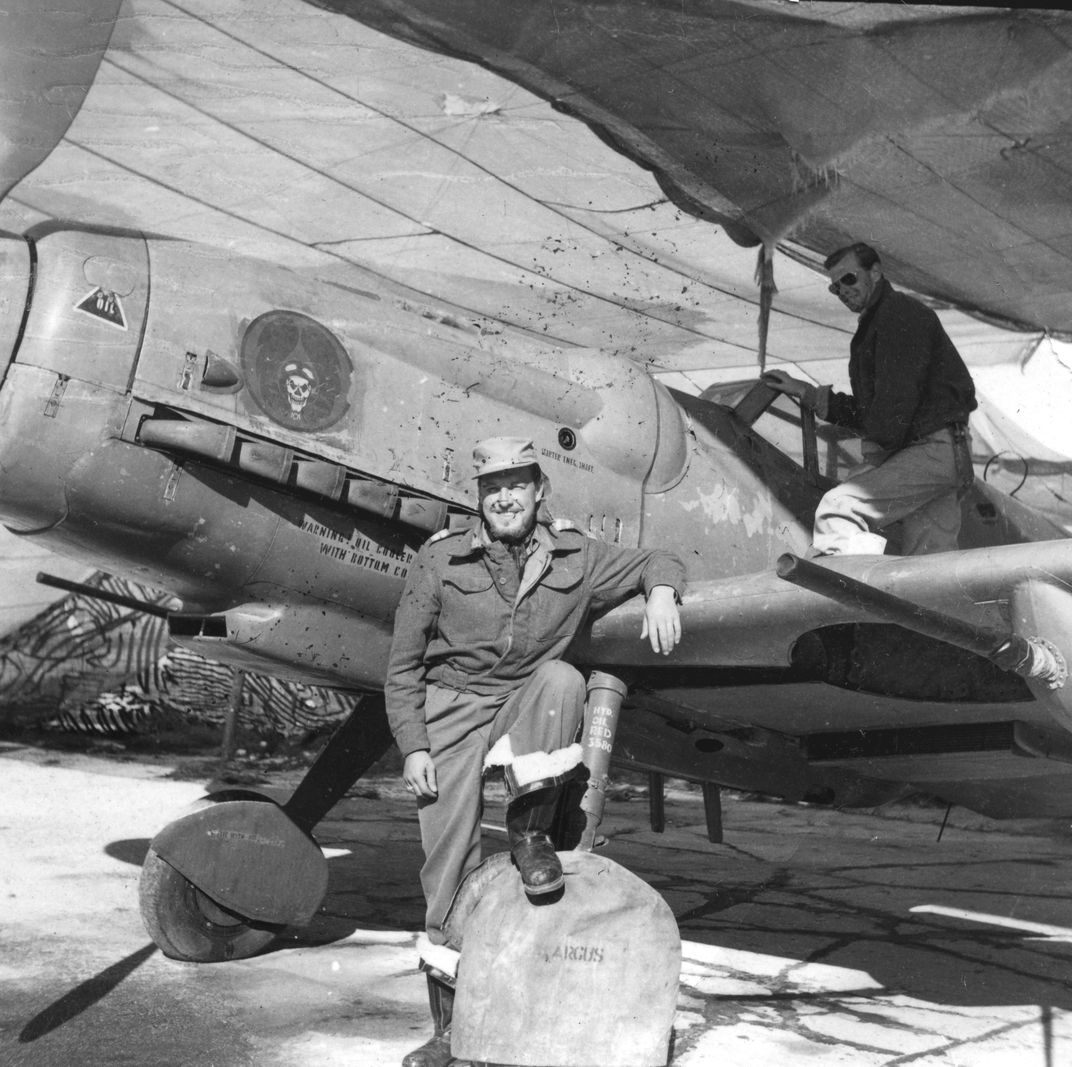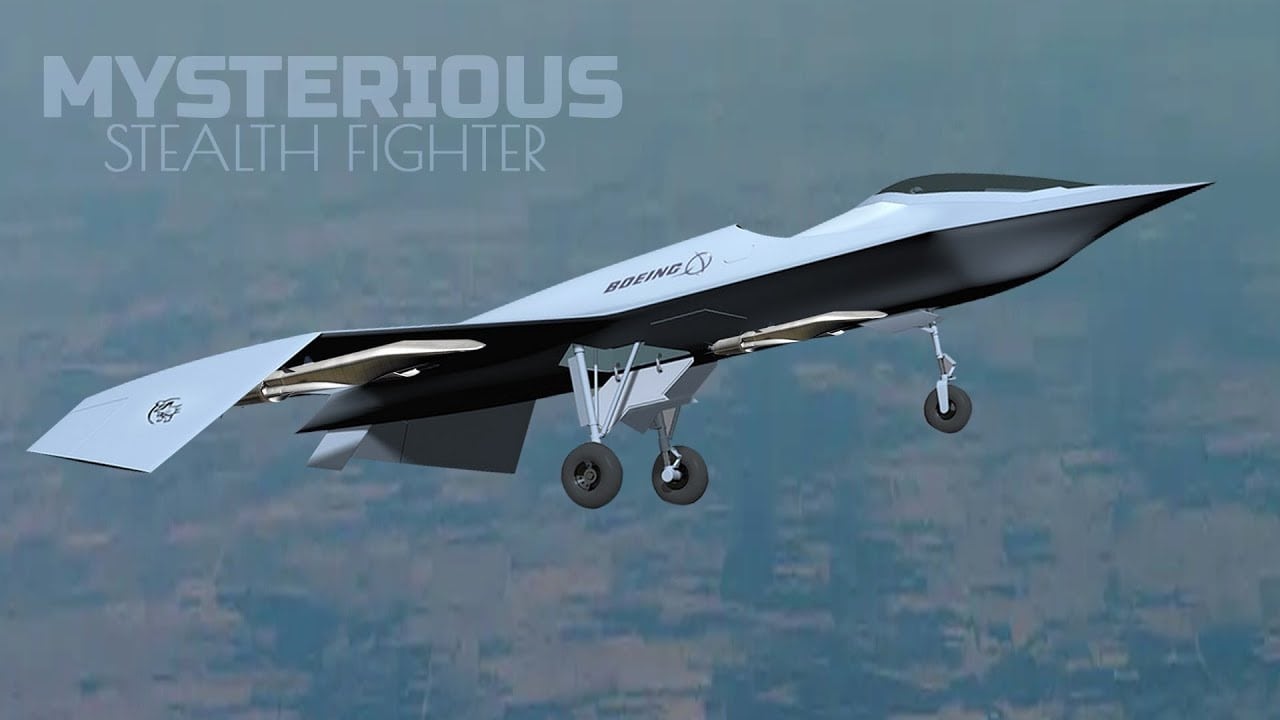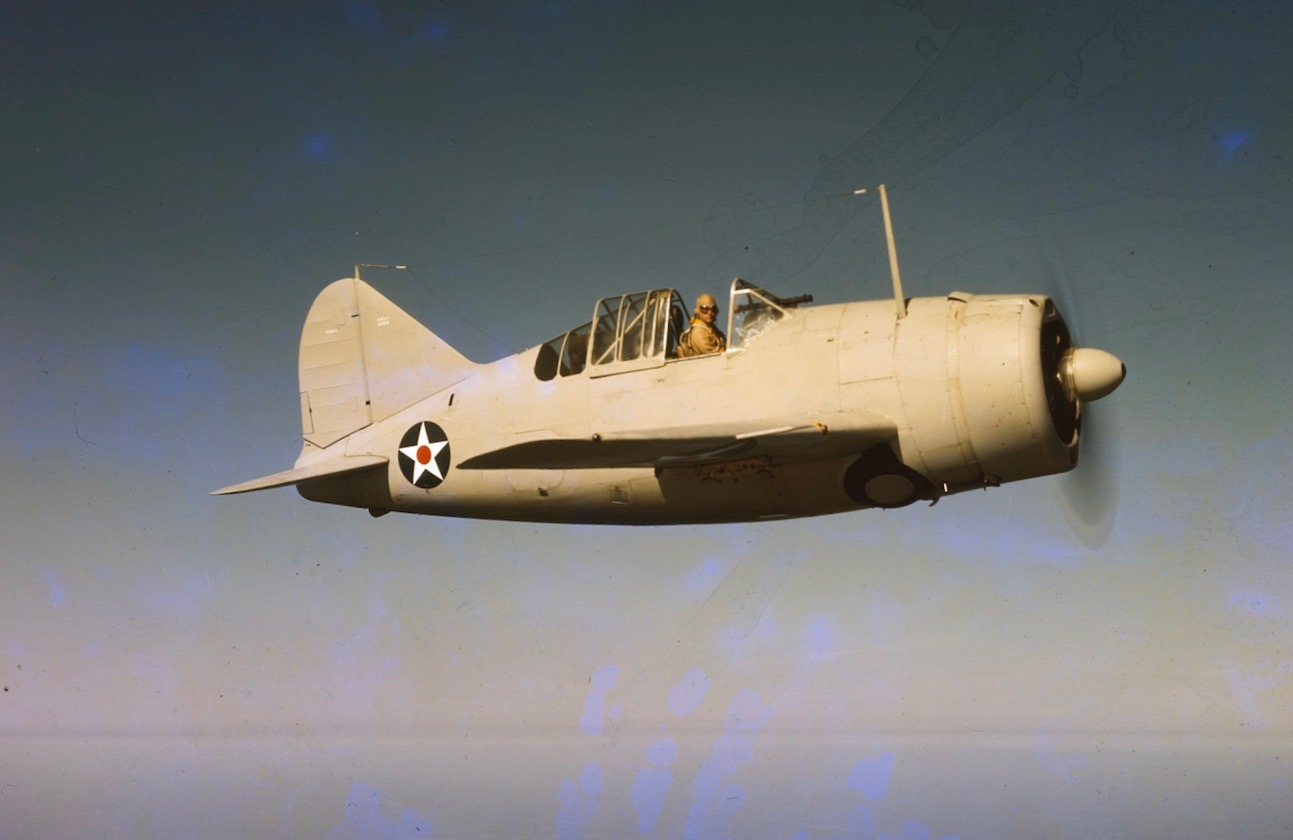Rudy 35 Aircraft - But that wasn't the only way the YF-118G team got creative in their approach to building this new aircraft. They also leveraged cutting-edge single-piece composite structure designs that eliminated many of the body panel seems that can compromise an aircraft's stealth profile.
Producing aircraft with no substantial seams, or tiny gaps between body panels attached to the aircraft, remains one of the more challenging aspects of stealth aircraft construction. In fact, some argue that it's something Russian stealth fighter programs continue to struggle with to this day.
Rudy 35 Aircraft

Unlike Lockheed and Northrop's high-performance stealth fighters that benefitted from direct tax funding, McDonnell Douglas alone was picking up the tab for their new stealth aircraft's development. In order to be sure all that money didn't go to waste, they tapped Alan Wiechman to head up the effort.
Throughout the 1990s, a team of engineers from McDonnell Douglas' Phantom Works developed and tested a unique stealth fighter shrouded in the secrecy of Area 51, known to most as the Bird of Prey. Unlike most stealth programs, the Bird of Prey, developed under the alias "YF-118G," wasn't aiming for operational service, but elements of the design and production process are still working their way into Uncle Sam's hangars to this very day.
This bird belongs to VRM-30, part of the Fleet Logistics Multi-Mission Wing-- in fact, the name of the wing commodore is painted just to the right of the pilot's window. 'Rudy' is the radio callsign of the squadron.
On September 11, 1996, the Bird of Prey took to the skies over Groom Lake (also known as Area 51) for the first time with Air Force Colonel Doug Benjamin at the helm. Much like its Bird of Prey namesake that would cloak to hide from enemy starships, Boeing's Bird of Prey relied on stealth rather than impressive performance to get the job done.
Once completed, the aircraft's strange shape and aggressive posture evoked thoughts of the looming warship operated by Star Trek's warrior race the Klingons, earning it the name Bird of Prey after the ship first depicted in "Star Trek III: The Search for Spock."
“F-35 aircraft were unable to fly nearly 30 percent of the May – November 2018 time period due to spare parts shortages,” the GAO said, noting that the Department of Defense has a “repair backlog of about 4,300 F-35 parts.

" Oh wow! A prototype airplane, devoid of any combat sensors, avionics, weapons, or other developmental or manufacturing costs associated with producing a full rate production aircraft, and whose sole purpose is to demonstrate Stealth was built for less than $100M?
Wow thats totally the same thing as a cheaper plane than the F22 or F-35. In the annals of aviation history, Wiechman's name doesn't pop up as often as other legendary engineers of the day like Clarence "Kelly" Johnson.
In fact, Aviation Week ranks him as perhaps the "lowest profile" engineer among their list of "Secret Pioneers of Stealth Aviation." But widespread recognition isn't always a good measure of accomplishment, and indeed, Wiechman's contributions to stealth aviation are so numerous, that he received a Technical Achievement Award from the National Defense Industrial Association (NDIA) for his work in Low Observable aircraft design before
the Bird of Prey was even declassified. "Mr. Shanahan told us that he did not say that the F-35 aircraft was 'f—-d up.' He told us that the F-35 aircraft is 'awesome,' the report states."Mr. Shanahan told us that he said the F-35 program was 'f—-d up.'"
After the Korean War, Rudy left the Navy to attend the University of Illinois, where he did research in Aviation Psychology and honed his interest in the field of flight simulation. The more he worked with that early generation of pilot training devices, the more he realized that there had to be a better way.
In 1958, putting together everything he had learned in the Navy and the University, Rudy built his first flight simulator at home in his garage and Frasca Aviation was founded (the name later changed to Frasca International to reflect the emerging character of the business).
Those who knew Rudy admired his friendly, outgoing personality, his sense of humor, his strong work ethic and his faith. He had a way of always looking for the good qualities in people. He treated others with respect and took great interest in getting to know people.

Frasca employees knew he cared by the way he asked about them and took interest in their work. He had a quick wit and loved to laugh. Rudy was truly larger than life. His contributions to the aviation industry will not be forgotten.
Like the Bird of Prey, the X-45A was a product of Boeing's Phantom Works, but unlike its Klingon cousin, the X-45A was designed to fly autonomously. According to Boeing, the X-45A's design was largely derived from the Bird of Prey program, with the UCAV adopting elements of its predecessor's radar-defeating angular design and unusual dorsal intake.
Boeing has also credited some of the design techniques leveraged for the Bird of Prey in their development of the X-32, which ultimately lost out to Lockheed Martin for the Joint Strike Fighter contract just one year after the Bird of Prey program was shuttered.
Work began in 1992 under the innocuous enough-sounding name of YF-118G. Wiechman's team at the Phantom Works had to be budget-conscious, so as they went about designing their new stealth aircraft, they leveraged a then-novel approach of rapid prototyping.
Rather than designing physical prototypes, subjecting them to testing, making changes, and fielding new prototypes for further testing, the Phantom Works team used computers to aid in their design work, simulating performance to the best of the era's computing abilities.
As a result, they were able to produce prototype components that were far closer to the finished product than previous approaches would allow. Col. Benjamin brought the aircraft off the ground and left its landing gear extended, identifying the first of a number of problems.
Throughout wind tunnel testing the platform had performed well, but all of the tests were conducted with the landing gear retracted. Benjamin soon realized the drag created by the gear was at least three times worse than they had anticipated.

The aircraft suffered from stability issues as well, which were slowly and meticulously worked out in subsequent flights. In the following three years the team would execute 37 more successful flights with the single Bird of Prey prototype they'd constructed, flown by Benjamin and two Boeing test pilots, Rudy Haug and Joseph W. Felock III.
Nearly 30% of the US military's F-35 stealth fighter jets were unable to fly during a months-long period last year due to a shortage of spare parts, according to a new report from the Government Accountability Office.
Rudy was born on April 19, 1931 in Chicago, Illinois. He was one of six children of Anthony and Jenny Frasca. He and his wife Lucille (Matern) married in 1955 and moved to Champaign, Illinois where Rudy started his business and where they raised their eight children together.
Shanahan's comments were detailed as part of an ethics investigation by the Pentagon's Office of the Inspector General into allegations he was promoting the interests of his former employer, Boeing, and repeatedly disparaging the company's competitor, Lockheed Martin, which is the primary contractor for the F
-35 fighter jets. This site is operated by a business or businesses owned by Informa PLC and all copyright resides with them. Informa PLC's registered office is 5 Howick Place, London SW1P 1WG. Registered in England and Wales.
Number 8860726. In 1999, Boeing's Bird of Prey took flight for the last time, but that wasn't quite the end of its story. The breakthroughs and lessons learned throughout the program soon found their way into another platform that made its first flight just months before the Bird of Prey was finally unveiled to the public in 2002;
the X-45A Unmanned Combat Air Vehicle. Although Rudy had a great love for aviation and much success in the industry, his true love was his wife Lucille who was always his strongest supporter. Rudy's greatest pride was his eight children and eighteen grandchildren.
Ultimately, Shanahan was cleared of any wrongdoing as investigators determined his "comments about the F-35 program were substantive, related to the program's performance, and were consistent with comments about the F-35 program made by other senior government officials."
Many of you are missing the point. Development costs are a substantial part of the cost to build any aircraft. To design and build a mostly full-scale test aircraft on that budget is very unusual and impressive.
This wasn't just any aircraft but cutting edge, which makes this accomplishment all the more impressive. Not only had the Phantom Works team proven that they too could build a stealth aircraft, they had managed to do it all for under $67 million.
Adjusted for inflation to today's currency, that means Wiechman's Phantom Works successfully designed, prototyped, and flew a clean-sheet stealth platform for around $111 million, or less than the cost of buying a single F-35B today. After decades of focus on fielding faster, higher-flying aircraft as a means of defeating enemy air defenses, the Nighthawk served as a pivot point for the very direction of aviation technology and air warfare doctrine among the world's most powerful nations.
The Nighthawk was slow and cumbersome compared to the F-15s and F-16s in Air Force hangars, but in a world where America's smallest fighter carried a radar cross-section of 82 square feet, the F-117 carried a radar cross-section
of only slightly more than a tenth of an inch (0.11 inches). For all intents and purposes, the F-117 Nighthawk was practically invisible to enemy radar. Rudy Frasca founded Frasca International in 1958. The flight simulator manufacturer started his aviation career when he began taking flying lessons at the age of 14 and soloed shortly thereafter.
In 1949, Rudy joined the Navy and was stationed at Glenview Naval Station, where he worked as a flight instructor teaching pilots on the early Link trainers. "F-35 aircraft performance is falling short of warfighter requirements – that is, aircraft cannot perform as many missions or fly as often as required," the GAO found.

"This lower-than-desired aircraft performance is due largely to F-35 spare parts shortages and difficulty in managing and moving parts around the world." Tokyo plans to make the planes the mainstay of its fleet, with 147 in house or on order.
South Korea and Australia also fly the F-35 in the Pacific, and Singapore has said it wants to buy the jets. But perhaps the most lasting contribution this incredible and exotic airframe has made to America's defense apparatus was in its audacity and subsequent success.
While most stealth programs are known for their high cost, the Bird of Prey went from a pad of paper to the skies over Area 51 for less than the cost of a single F-35 today.
"Because of Wiechman's work, the United States gained a 15-year lead over potential adversaries that it has not relinquished, and the effectiveness of his designs and products has been thoroughly proven in combat operations," the award read.
Today, there are no platforms in service that can draw a direct lineage to Alan Wiechman's unusual Bird of Prey, and that may be part of the reason it's not a frequently discussed facet of the American stealth technology race that came at the twilight of the Cold
There is. But for a short time in the 1990s, the Phantom Works proved that it doesn't always take a bottomless budget and twenty years' worth of delays to produce a stealth fighter, and that's a lesson America has struggled to learn in the decades since the
Bird of Prey prowled the skies over Area 51. Acting Secretary of Defense Patrick Shanahan told investigators from the Pentagon's Office of the Inspector General that he called the F-35 fighter jet program "f—-d up," but made clear that he wasn't referring to the aircraft itself, which he
said was "awesome," according to a Department of Defense report released Thursday. The design took a holistic approach to stealth, reducing radar, infrared, visual, and acoustic signatures through its shape, the use of flexible or movable covers to conceal gaps, and by burying its engine deep within the fuselage behind a curved inlet duct and in
front of an infrared and acoustic defusing exhaust outlet. Rudy was a benefactor for many aviation organizations and had a special place in his heart for collegiate aviation (NIFA, SAFECON & UAA). Numerous awards have been bestowed upon him for his personal efforts and the companies contributions to the simulation industry.
